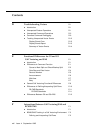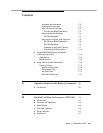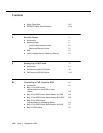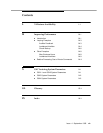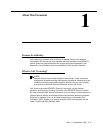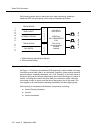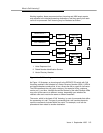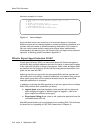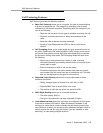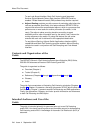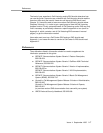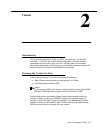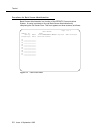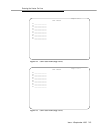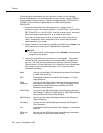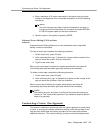
Call Vectoring Features
Issue 4 September 1995
1-5
Call Vectoring Features
Call Vectoring provides the following features:
■ Basic Call Vectoring allows you to “program” the type of processing that
is given to a telephone call. You program by arranging a set of vector
commands in the desired sequence. Depending upon the command, you
can do the following:
— Place the call in queue until an agent is available to answer the call.
— Provide a recorded information or delay announcement to the
caller.
— Allow the caller to leave a recorded message.
— Access a Voice Response Unit (VRU) so that a script can be
started.
■ Call Prompting allows you to collect digits and give some call control to
the caller. Specifically, this feature allows the caller using a touch-tone or
an internal rotary phone to enter digits that are subsequently processed
by the vector. Among other tasks, Call Prompting allows the caller to do
the following:
— Select one or more options from a menu in order to access
recorded information provided by the call center or be routed to the
correct split or agent.
— Enter an extension to which a call can be routed.
— Provide the call center with caller entered data (such as a credit
card number) that the center can use to process the call. This data
also can be displayed on the agent’s voice terminal.
■ Advanced Vector Routing allows you to route calls based on three
additional conditions:
— Rolling Average Speed of Answer for a split, skill, or VDN.
— Expected Wait Time for a split (skill) or for a call.
— The number of calls that are active in a specified VDN
■ ANI/II Digits Routing allows you to route calls based on:
— The caller identity (ANI) or,
— The type of line where the call was originated (II-digits).
■ Look-Ahead Interflow allows the call center to intelligently off-load some
or all calls to another ACD switch. When this feature is enabled, a call
arriving at a vector that is unable to handle the call (due to preset limits)
can interflow to a switch in a remote location whenever the latter switch is
able to receive the call. By using this feature, you can establish a “load
balancing” of calls among multiple locations.



